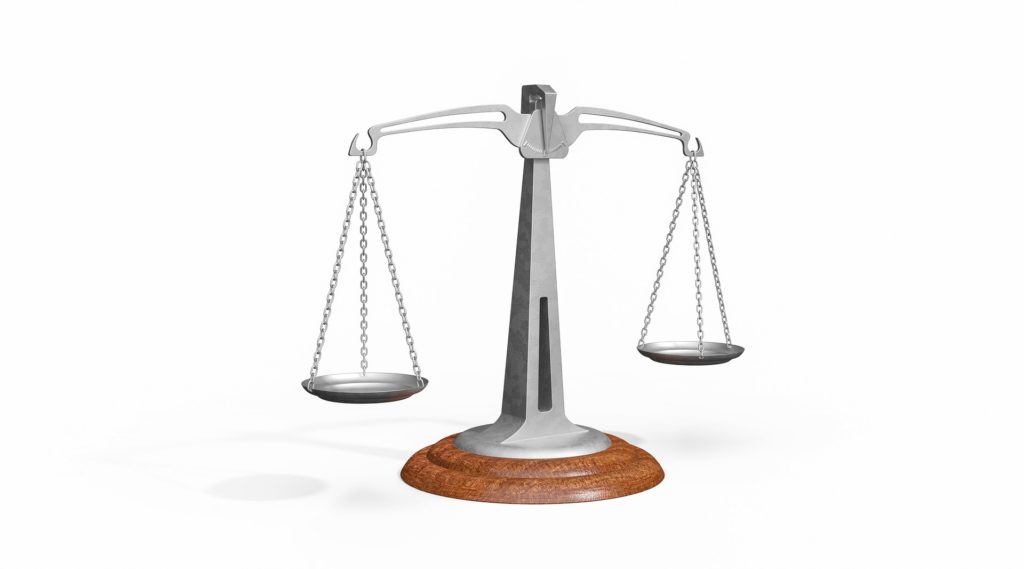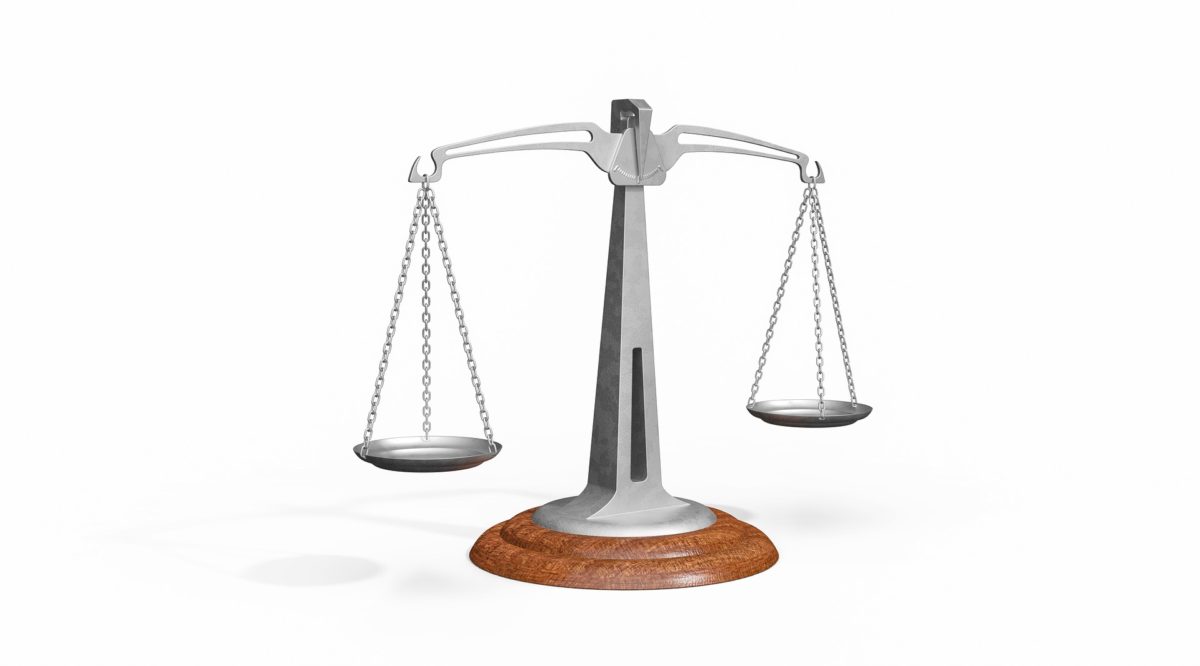
Chapter 11 concludes with the the category of evil person who for the most part is involved in activities, speech and action of a bad nature. Notwithstanding this, the person returns to Hashem throughout their life. Life represents this movement of being involved in negative and bad behaviour of one kind or another – and then shortly afterwards the return and repentance to God for having strayed off the path. Then it’s back onto that road yet again…
Then there is the person who is completely evil. Such a person never does Teshuva. His life is filled with evil in action, speech and thought.
After chapters 10 and 11 dealing with the categories of souls in this world of the righteous and evil – the Tzadik and the Rasha, chapter 11 focuses on the Beinoni. Finally – we get to understand just who this middleman is! This is the book for whom the Tanya was written.
We will see that the Beinoni – the middleman, is someone who bears a great similarity to the Tzadik. In fact, he never commits a sin through any of his soul-garments (discussed in previous lessons.) However, the evil still rests within him and as we will see later, it awakens up the opportunity for the Beinoni to go along this bad path. The Beinoni, however, will never actually put into practise any of the “advice” of this evil that rests within him.
It is a fascinating chapter and gives us great insight into the levels of holiness we should be striving for. It is a chapter devoted to the average person – one who is not a righteous individual (a Tzadik) nor an evil individual (a Rasha). It is the level to which all can aspire to – at the very least.


